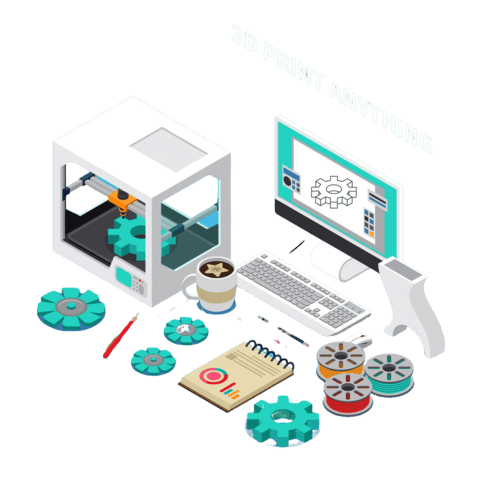Acoustics
We are surrounded by sounds, some pleasant, and quite a few that are not. In order for a product to be accepted by customers, manufacturers must pay close attention to its acoustic signature, both for branding purposes and to limit noise pollution. Engineers must also consider the noise regulations that govern their industry, prior to product release. Problems identified late in development cycle can lead to costly rework and a delayed product launch.
To improve the performance of the products, engineers need to understand the roles of noise sources and all the possible transmission paths. Because of the large domain of the model, it is critical to have efficient solvers and robust technology that can account for the interactions between structures and fluids. The finite and infinite element based Multiphysics Simulation Software is intuitive and easy to implement because of the familiar technology of FEA. It is also easier to couple with structural finite element analysis codes, helping you solve coupled interaction between structures and fluids.
Few applications where acoustic modeling and vibrations are performed are interior & exterior vehicle acoustics, Powertrain, engine components, HVAC ducts, fans & pumps, electrical motors, mufflers, tire noise, silencers, sensors, sonar, flowmeters, speakers, mobile devices, microphones, mufflers, rooms and concert halls.



